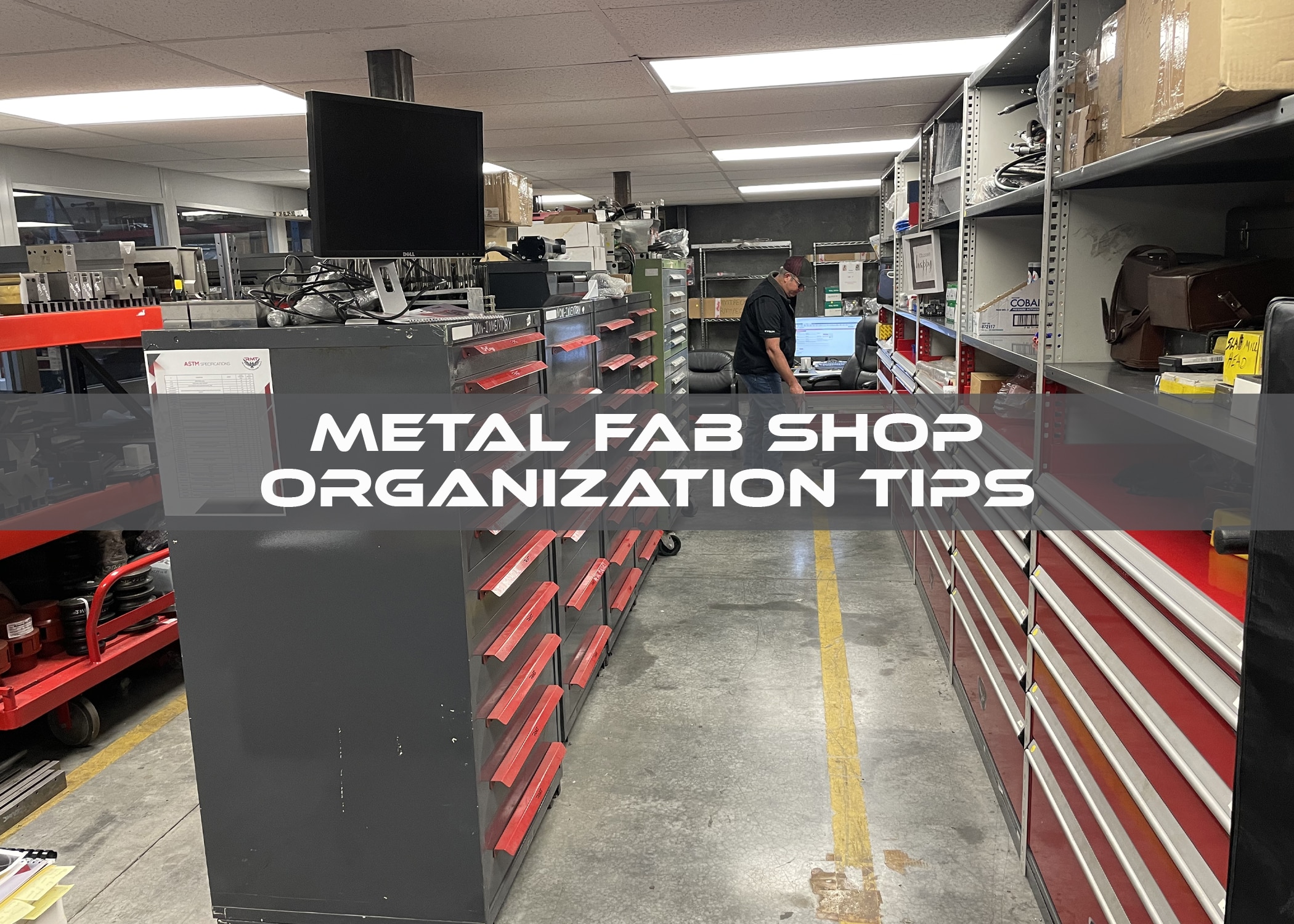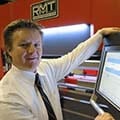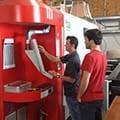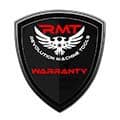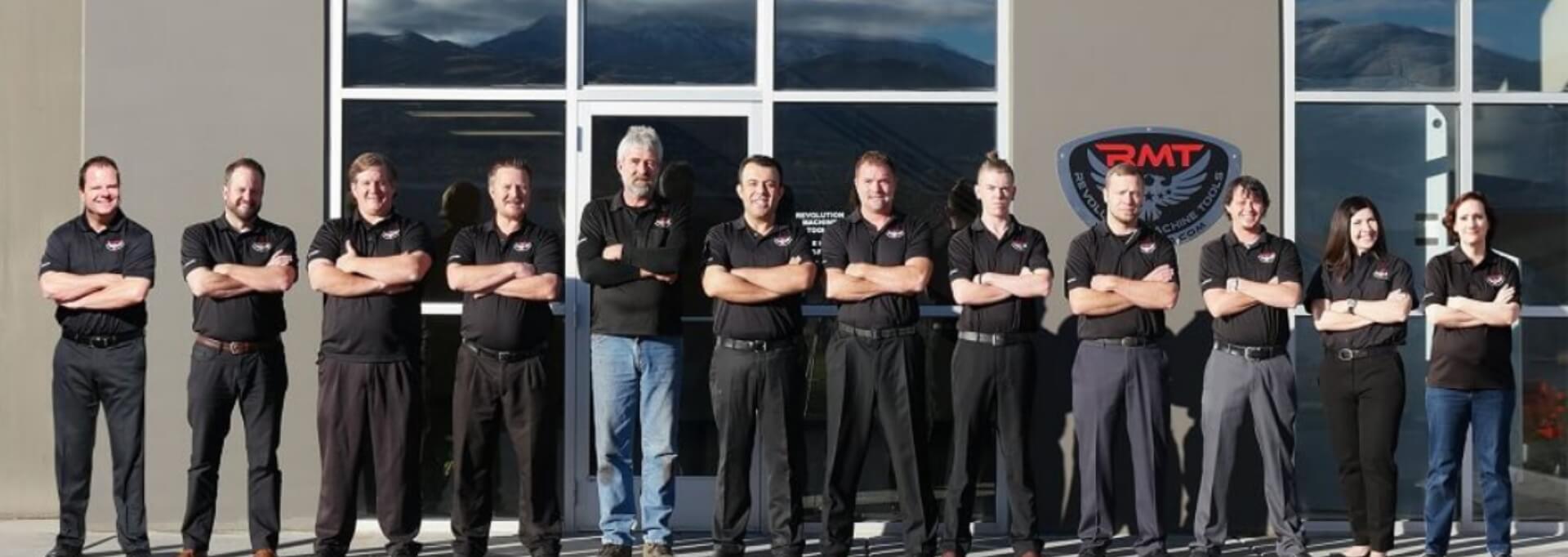A Shot in the Dark
“Dang it,” the shop manager complained to an office employee at the end of a workday. “Joe was supposed to get those forms back to me before he left.”
The employee looked out of the manager’s high office window across the darkened shop below. “I saw him filling them out earlier,” he replied. “He probably just left them on his worktable. Let me go check.”
As the employee started to cross the dark shop, the manager yelled out of the window, “Hey, turn on a light out there.”
“Nah, I’m okay,” the employee responded. “No need to power up all the lights again.”
The manager could make out his dark figure reaching Joe’s worktable at the far side of the shop, then saw him hold up some papers and yell, “Got them.”
The manager watched the employee round the press brake by the far wall then suddenly disappear. He squinted into the darkness to try and make out where he had gone. Momentarily he saw the employee stand up and continue.
When the employee returned to the office, the manager asked him, “Hey, did you stop to tie your shoe out there?”
“Not exactly,” the employee replied as his face reddened a little. “I guess I should have turned a light on after all. I didn’t see that the forklift had been pulled into the shop all the way to the center aisle. I sort of tripped on the forks as I came around the press brake on my way back.”
“Next time turn on a light,” the manager said. “Still, I’m going to have to have another talk with the team. Aisles are supposed to always be kept clear. The same thing could have happened to someone carrying a large box in the light.”
Watching his employee dust off the kneecaps of his pants with his hand, the manager asked, “Are you hurt?”
“Only my pride,” the employee replied with a sheepish smile. “Only my pride.”
Organize for Success
Organizing a metal fabrication shop is crucial for efficiency, productivity, and safety. Whether you’re a seasoned professional or just starting out, a well-organized shop can make a significant difference in your workflow and the quality of your work. Here are a few essential tips to help you organize your metal fabrication shop effectively:
- Layout Planning. Begin with a well-thought-out shop layout. Consider factors like workflow, safety, and accessibility. Ensure that workstations, machinery, and tools are arranged logically to minimize unnecessary movement. Keep safety zones clear and provide ample space for material storage.
- Safety First. Safety is paramount in a metal fabrication shop. Ensure that safety equipment, such as fire extinguishers, first aid kits, and eye protection, are easily accessible and well-maintained. Clearly mark emergency exits and safety zones.
- Tool Organization. Properly organizing your tools is key to an efficient metal fabrication shop. Invest in tool cabinets, pegboards, and tool chests to keep your tools organized and easily accessible. Labeling drawers and shelves will save time when searching for specific tools.
- Tool Maintenance. Regularly inspect and maintain your tools and machinery to prevent breakdowns and accidents. Create a maintenance schedule and stick to it. Lubricate, sharpen, and replace parts as needed to keep your equipment in top condition.
- Material Storage. Efficient material storage is essential for a metal fabrication shop. Use racks, shelves, and bins to organize different types and sizes of metal stock. Store materials vertically, when possible, to save space and make it easier to access what you need.
- Inventory Management. Implement an inventory management system to track materials and consumables. Regularly update your inventory, so you never run out of essential supplies unexpectedly. This will help you avoid delays in your projects and reduce wastage.
- Work in Progress (WIP) Management. Implement a system for tracking and managing work in progress. This can include job boards, digital project management tools, or physical folders for each project. Knowing the status of each project helps with scheduling and resource allocation.
- Quality Control. Allocate a specific area for quality control inspections. This should include measuring tools, inspection tables, and proper lighting. Ensuring that your work meets quality standards is essential for customer satisfaction and reputation.
- Workstation Organization. Each workstation should be organized for efficiency. Ensure that welding stations, cutting tables, and assembly areas are clean and clutter-free. Keep essential tools and materials close at hand to minimize downtime.
- Regular Cleaning. Maintain a clean and dust-free environment. Regularly sweep the floors, clean work surfaces, and remove clutter. A clean shop is not only safer but also more pleasant to work in.
- Waste Management. Efficient waste disposal is crucial in a metal fabrication shop. Have designated bins for metal scraps, hazardous materials, and general waste. Recycling metal scraps can also be an additional source of income.
- Labeling and Signage. Clearly label everything in your shop, from drawers and shelves to hazardous materials. Use color-coded labels to make it easier to identify tools and materials. Signage can help guide employees and visitors and remind them of safety protocols.
- Employee Training. Properly trained employees are essential for an organized and safe metal fabrication shop. Provide training on equipment operation, safety protocols, and shop organization. Encourage employees to follow best practices to maintain a clean and organized workspace.
- Documentation and Records. Maintain accurate records of projects, materials used, and employee training. Proper documentation can help with accountability, project tracking, and compliance with regulations.
- Continuous Improvement. Regularly assess your shop’s organization and workflow. Solicit feedback from employees and make necessary adjustments to improve efficiency and safety. Continuous improvement is key to staying competitive in the metal fabrication industry.
Keeping your metal fabrication shop organized will be an ongoing process that requires careful planning and attention to detail. By implementing the above tips, you can create a workspace that is not only efficient and productive but also safe and conducive to quality work. A well-organized shop will benefit both your business and your employees, leading to improved customer satisfaction and long-term success.
